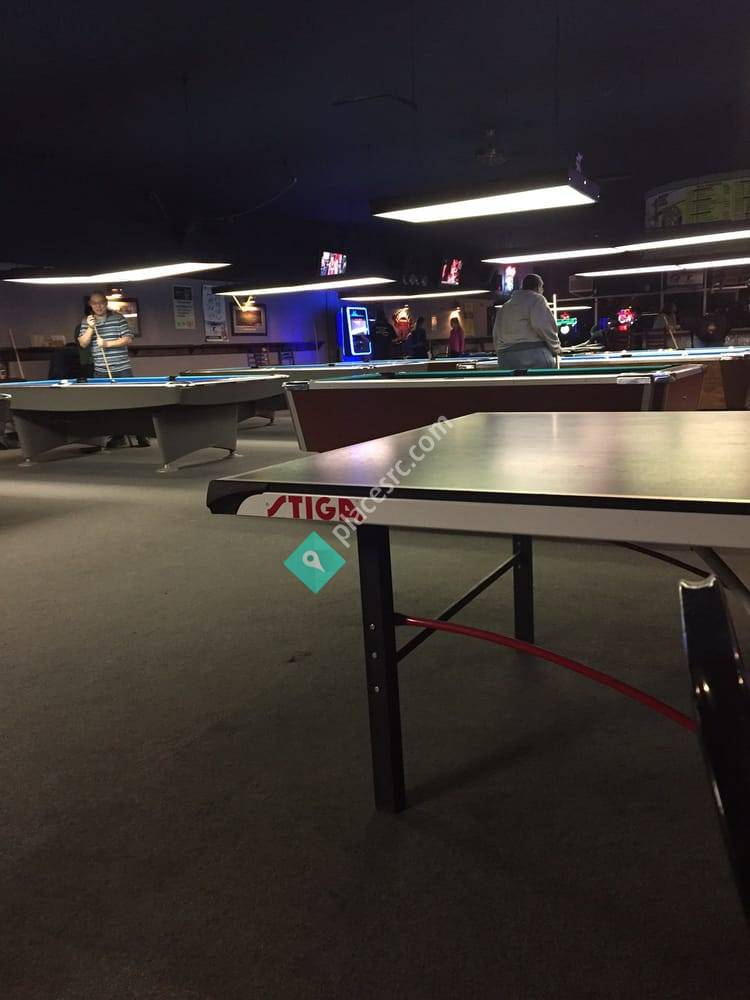

This trapezoid-type shape isn’t what you want, but it is progress! Maybe the image looks tapered like a funnel, wide at the top and narrowing toward the bottom, or vice versa. So, you’ve got the top corners level, but the bottom corners are not lining up. Adjust the Projector to Fit Screen – KeyStone Corrections and Zoom Once the projector is level, it’s time to start addressing the rest of the fit. You may be able to modify the actual position of the lens to get those top corners level. In my experience, this is a less common feature, especially in budget models.īut consult your projector’s handbook for any instructions on “lens-shift”, and see what it has to say. Instead of moving the whole projector by modifying the length of the feet, or the joint holding the ceiling mounted the projector, you may be able to actually move the lens itself. Next, you can look to see if your projector has what are called lens-shift controls. Adjusting the Angle Using the Lens-Shift Controls If not, there are a few other options, so keep reading. So, look at your mount and see if there’s any way to adjust the angle from there.

Most ceiling mounts have at least some articulation, or adjustment, available at the joint that holds the projector up. “So what if I have a ceiling mounted projector?” Great question. Adjusting the Angle on a Ceiling Mounted Projector For now, focus on the top two corners, and get them level with the screen before moving on. One important note here: the image may overlap with the screen, that is, it may be too wide, or indeed too narrow at this point. More often than not, though, even if you use a level it’s not going to line up perfectly with the screen, so I recommend skipping that and just watching the image. If your screen is level, which it probably is, this can be done by setting an actual level on top of your projector and watching it to properly adjust the feet. You want to make it so that the top two corners of the image line up with each other horizontally. But for projectors that are sitting somewhere, your first task will be to turn it on, point it at the screen, and start by using the projector’s feet to adjust the image. Obviously, if your projector is mounted from the ceiling, this won’t apply. On almost all consumer-grade projectors, there are going to be at least two, and maybe three or four feet on the bottom that are designed to be screwed in and out to level the machine. Adjusting the Angle Using the Projector’s Feetįor the average projector, your first stop here will be the feet. There are some digital tools for this, discussed later on, but first and foremost you should try to get the physical hardware lined up as best as possible. You should picture it this way: there’s a rectangle of light coming from the projector’s front lens, so the job of setting the angle becomes a job of getting that image “square” with the wall. As with anything, there’s going to be a little fiddling to get it set up at first, and a projector’s main category of required fiddling is going to be playing with the angle of the image coming out of it. Once you have the projector set up, the chances that it lines up with the screen properly are pretty low. Next, we’ll explain, in detail, the different steps to correctly adjust the projector’s image. These are a little too much for some people, and that scares them off of using projectors due to the added hassle, but, these things are really not too hard to handle.

A lot of the magic of home theatres is tied up in things that you don’t get to see a lot of the time.


 0 kommentar(er)
0 kommentar(er)
